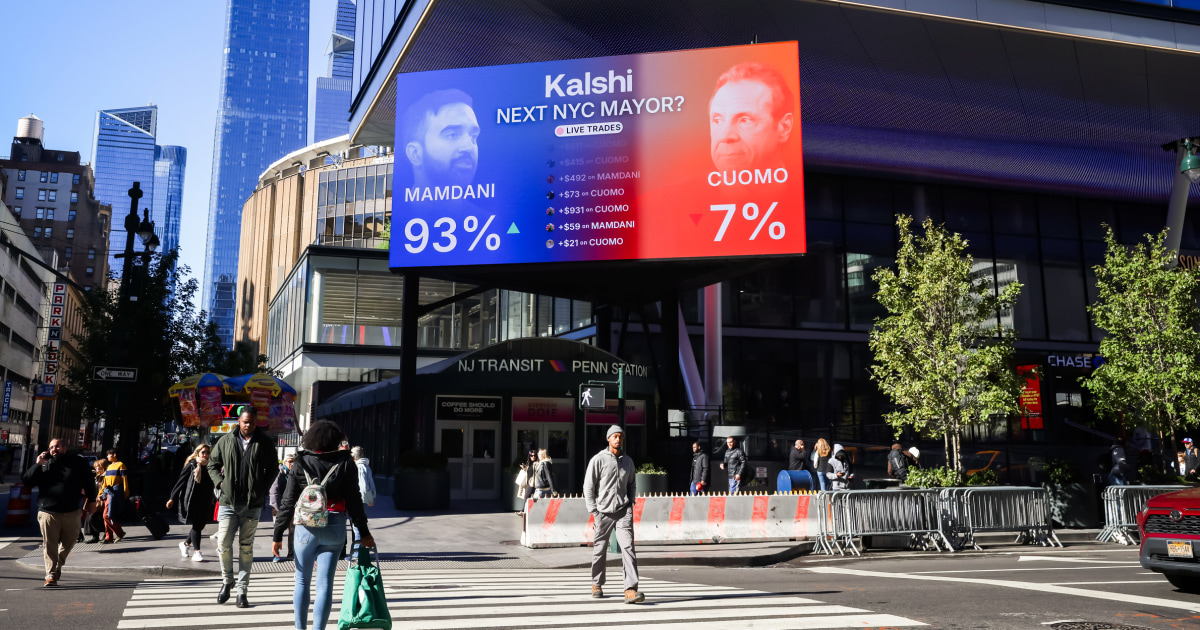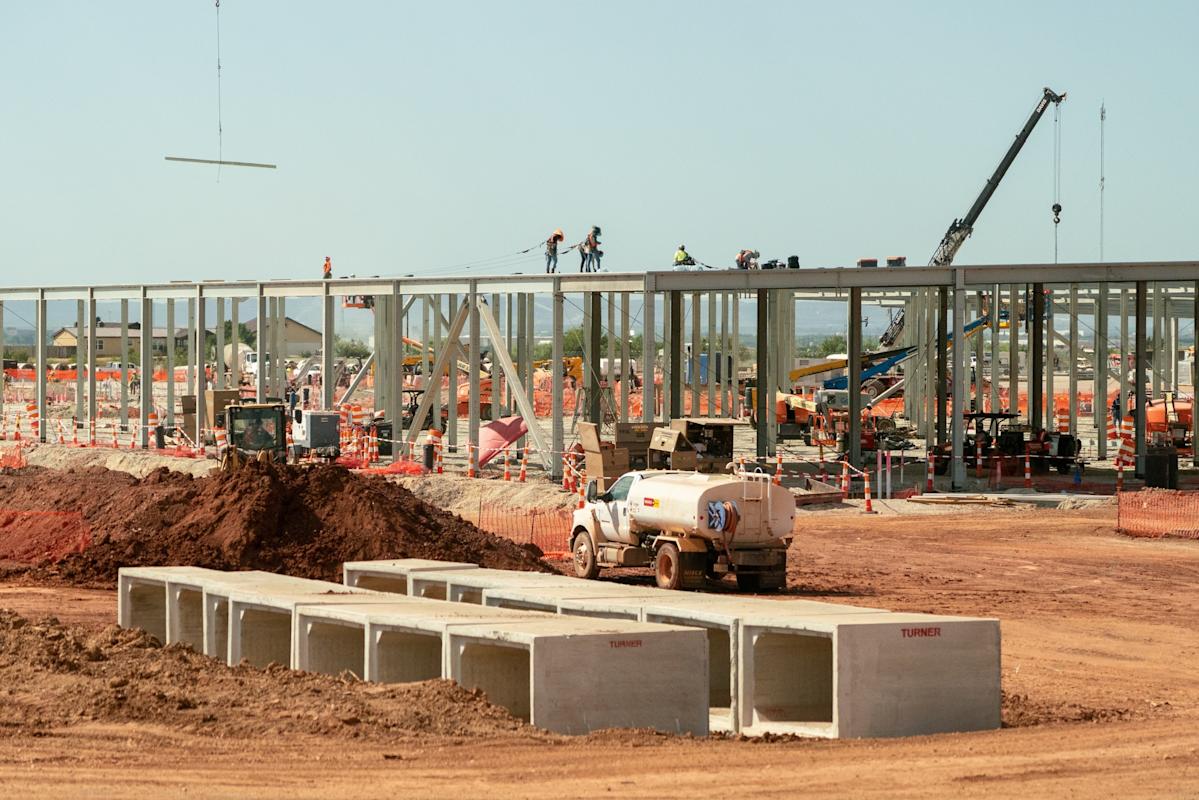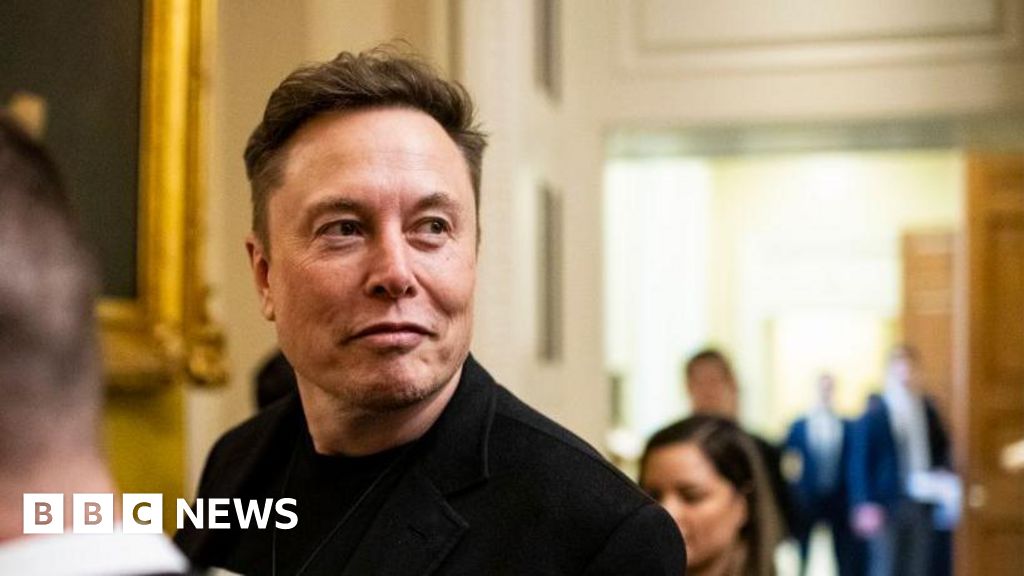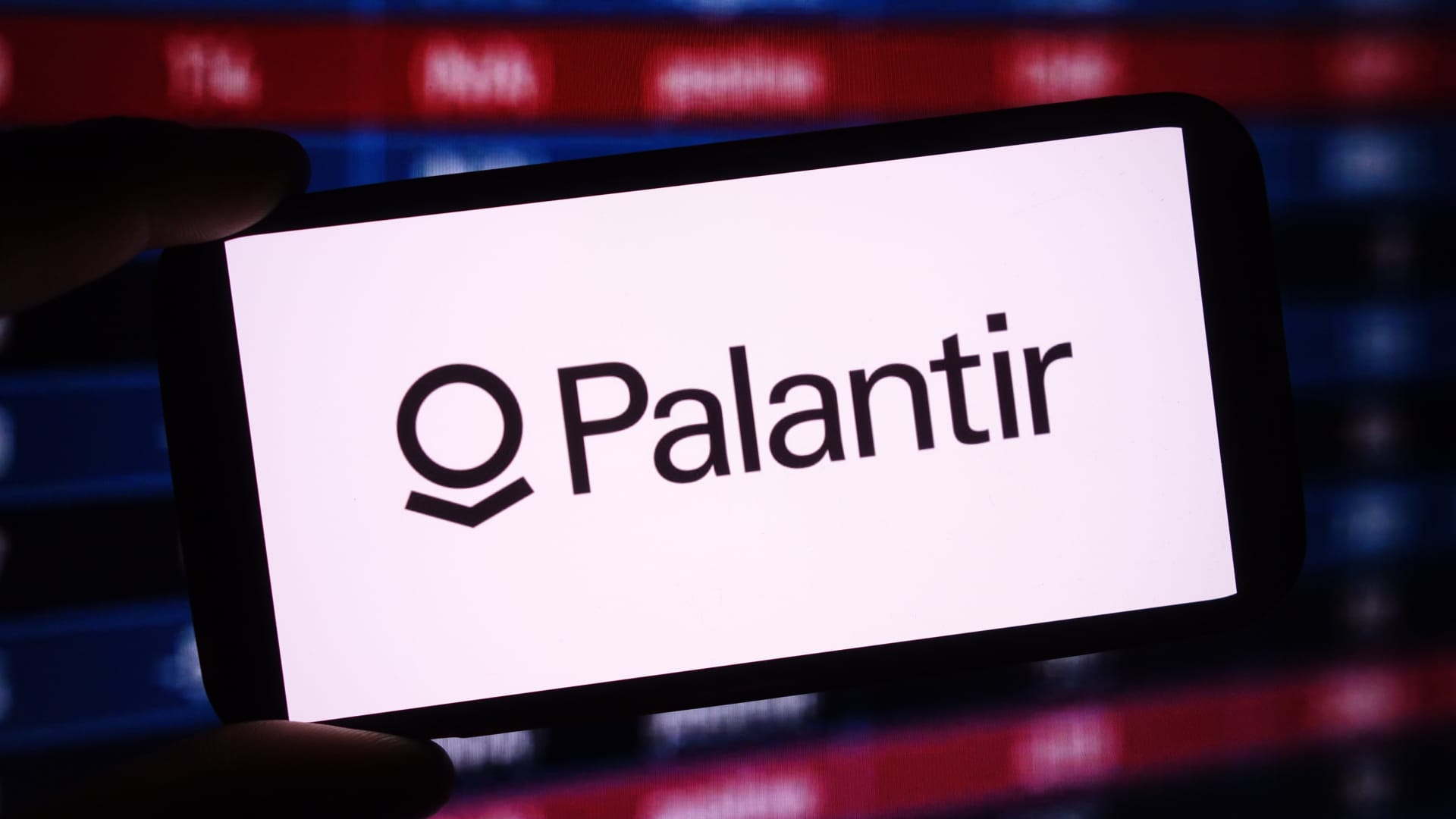In recent years, calls for shorter working weeks have re-emerged across Europe and beyond. Policymakers, unions, among others, have pushed for shorter workweeks, often arguing for positive productivity effects, whereby societies can maintain output while improving workers’ wellbeing (Garnero et al. 2022). Trials in the UK (Gross 2022) as well as experiments promoted by the organisation 4 Day Week Global have, for example, attracted substantial public attention and generated optimism about the feasibility of large-scale reductions in work time without loss of income.
Yet, the debate is hardly new. Over a century ago, the introduction of the eight-hour workday represented one of the most transformative labour-market reforms in industrialised countries. The Danish experience of 1919 provides a revealing historical parallel. At that time, the workday in the craft and industrial sectors was reduced to eight hours from up to ten hours, corresponding to a decline of as much as 12 hours per week, the largest reduction in working hours in Danish history.
In a recent study (Gunnesmo and Hansen 2025), we examine how this major work-time reduction affected key labour-market outcomes, such as hourly wages, weekly earnings, and employment. Drawing on newly digitised quarterly data covering more than 60 occupational groups across Copenhagen and the rest of Denmark between 1914 and 1931, we exploit variation in the size of the work-time cut across occupations to estimate the reform’s impact on labour-market outcomes.
A major early 20th-century experiment
The 1919 work-time reform was introduced in the industrial and craft sector through central negotiations between the national labour federation (De Samvirkende Fagforbund) and the main employers’ association (Dansk Arbejdsgiverforening). The first agreement in January 1919 reduced working hours to a maximum of nine and a minimum of eight hours per day, while standardising Saturday hours to eight. A few months later, in May, the full transition to the eight-hour day was implemented without any further centrally agreed-upon wage compensation. Figure 1 shows the development of the average workday in the sector from 1872 to 1925 and illustrates the magnitude of the reform.
Figure 1 Daily working hours, 1872–1925
Notes: Average hours worked in Denmark from 1872 to 1925. The dashed line represents the collective bargaining reform. We observe country-level average working hours between 1872 and 1911, but with gaps. We calculate the 1914–1925 values from occupation-level data. Hours are interpolated where data is missing: several intervals between 1872 and 1911, and between 1914 and 1919.
This shift was part of a broader international movement (e.g. Milhaud 1925). Similar reforms were implemented in France, Germany, and Sweden between 1918 and 1920, and the ‘Eight hours labour, eight hours recreation, eight hours rest’ slogan had become a defining demand of organised labour since the late 19th century (Figure 2).
Figure 2 ‘8–8-8’ demonstration in Copenhagen
Notes: Photograph from the 1 May demonstration in Copenhagen in 1912, where participants demanded ‘Eight hours labour, eight hours recreation, eight hours rest’.
Source: Arbejdermuseet – The Workers Museum.
Unlike in some countries, where full wage compensation was determined by law, Danish workers negotiated their wages with their local employer through labour unions. This type of wage setting allows for a clear empirical test of how wages and employment adjusted when hours were cut substantially.
Wage compensation and employment adjustment
Our findings show that the eight-hour reform reduced weekly earnings in proportion to the reduction in hours in provincial towns but not in Copenhagen. In the capital, hourly wages rose enough to offset roughly 40% of the loss in working hours. In other words, a 1% reduction in work time led to a 0.4% increase in hourly pay and a 0.6% decline in weekly earnings.
Employment, however, increased across both regions. Firms responded to the reduction in hours by hiring additional workers, which is consistent with the classic ‘work-sharing’ hypothesis. The rise in employment was especially pronounced among unskilled and female workers in Copenhagen, suggesting that these groups particularly benefited from the reform. The positive employment effects persisted throughout the 1920s, even as economic conditions changed.
This historical evidence contrasts with evidence from more recent reforms, such as those in France (Crépon and Kramarz 2002) and Germany (Hunt 1999). In both papers, the authors found full wage compensation but no employment gains. The evidence also complements findings from Bengtsson and Molinder (2017) for Sweden, where full compensation led to job losses in traded industries. Denmark’s move to the eight-hour workday therefore highlights the importance of institutional context: if wage bargaining is decentralised, full compensation is not necessarily guaranteed.
Interpreting the results
The Danish institutional context can be interpreted through the union–monopoly framework of Calmfors (1985), in which unions set wages while taking working hours as given. The eight-hour workday itself was determined at a higher level of bargaining between the national labour federation and the main employers’ association and, in the model, assumed outside the scope of individual unions. Within this framework, when workers value consumption more than they dislike working, unions increase wages to partially offset lost hours, though not enough to preserve weekly earnings. At the same time, if hours and labour are sufficiently substitutable, firms respond by hiring additional workers.
Applying this logic to 1919 Denmark, we interpret the partial wage compensation and employment expansion as the outcome of decentralised wage bargaining under constrained hours. In Copenhagen, where union membership density was higher, the unions secured partial compensation, whereas in the provinces with weaker unions, wages hardly moved.
Although the reduction in work time for all workers presents an opportunity for the employer to replace lost labour with capital, we find no evidence that the reform accelerated mechanisation. We also find no effects of the reform on labour-market conflicts, although conflict levels in Denmark were high in the years surrounding the reform. Data from industrial censuses show no rise in horsepower per worker in firms most exposed to the reform, and strike records indicate that neither strikes nor lockouts changed significantly once the eight-hour day was introduced. Adjustment occurred primarily through labour demand, not through capital deepening or industrial unrest.
Lessons for today’s policy debate
Our results offer three lessons for current discussions on work-time reductions. First, large reductions in working hours are unlikely to be costless. The Danish experience shows that while productivity may increase at the margin, even a historically successful transition such as the eight-hour reform involved a clear trade-off between income and leisure. This contrasts with some contemporary narratives that suggest shorter workweeks can sustain existing pay levels through keeping output constant.
Second, the reform’s employment gains were concentrated among unskilled workers, implying that shorter workweeks may benefit marginalised groups in the labour market. In that sense, work-time reductions can redistribute employment opportunities, especially in periods of high unemployment, which characterised post-war Denmark in 1919.
Third, institutional design matters. Full wage compensation, as in Sweden’s experience, can offset employment gains, while unrestricted wage bargaining, as in Denmark, allows for work sharing. Modern reforms should therefore account for wage-setting institutions, productivity responses, and labour-market conditions.
Authors’ note: We gratefully acknowledge financial support from The ROCKWOOL Foundation on the research project titled ‘Welfare and Economic Development: Lessons from the Origins of the Welfare State’, which this research is part of.
References
Bengtsson, E, and J Molinder (2017), “The economic effects of the 1920 eight-hour working day reform in Sweden”, Scandinavian Economic History Review 65(2): 149–68.
Calmfors, L (1985), “Work sharing, employment and wages”, European Economic Review 27(3): 293–309.
Crépon, B, and F Kramarz (2002), “Employed 40 hours or not employed 39: Lessons from the 1982 mandatory reduction of the workweek”, Journal of Political Economy 110(6): 1355–89.
Garnero, A, A Tondini, and C Batut (2022), “The employment effects of working-time reductions in Europe”, VoxEU.org, 19 December.
Gross, J (2022), “4-day workweek brings no loss of productivity, companies in experiment say”, New York Times, 22 September.
Gunnesmo, M, and C Hansen (2025), “Labor-market effects of introducing the 8-hour workday”, CEPR Discussion Paper 20785.
Hunt, J (1999), “Has work-sharing worked in Germany?”, Quarterly Journal of Economics 114(1): 117–48.
Milhaud, E (1925), “The results of the adoption of the eight-hour day: The eight-hour day and technical progress”, International Labour Review 12: 820.









